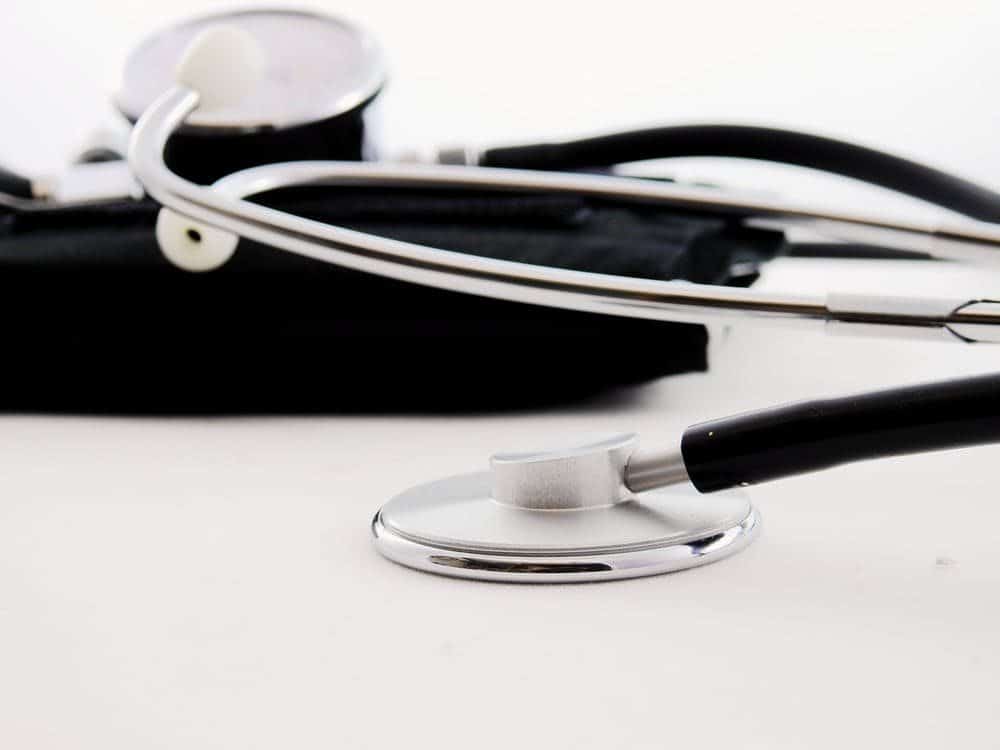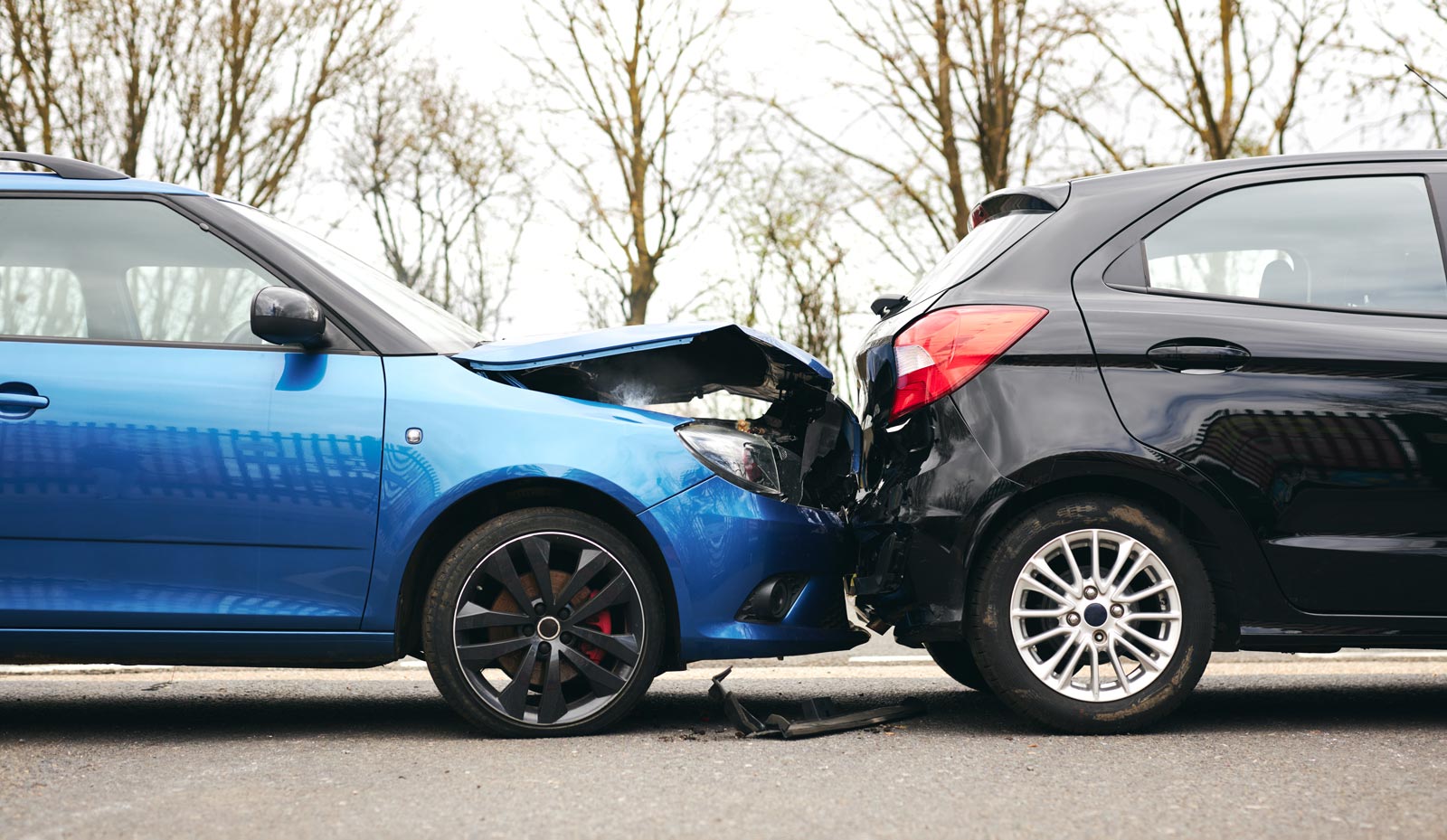If you’re wondering how you are going to pay for your medical expenses after a car accident or where those funds will come from, you’re not alone. Medical expenses from car accident injuries cost Americans approximately 23 billion dollars each year! On top of the finances involved, dealing with insurance after a crash is a complex and confusing process.
But you don’t have to deal with medical bills all by yourself. There are several ways to cover your medical expenses, and compensation for your medical bills can come from the other driver’s insurance or even from your own policy, depending on the situation you are in.
Which Insurance Coverage Pays for Medical Expenses?
Other than a health plan, what insurance is available to pay for your medical expenses? Generally, the ability to receive compensation for the medical costs resulting from an auto accident depends on the type of coverage that you and the at-fault party have available under your auto insurance policies. In Texas, benefits that provide for payment of medical expenses include the at-fault driver’s liability insurance (also known as third-party bodily injury liability), personal injury protection (PIP), medical payments (MedPay), and underinsured or uninsured motorist coverage (UIM/UM).
Below, we will look at some of these different avenues for getting compensation to help pay your medical bills after a car wreck.
The Other Driver: Third-Party Liability
If the at-fault driver has personal auto insurance, then it covers you in the event you are injured in a car accident (up to a certain amount, which is known as the policy limit). This type of insurance is called bodily injury liability. In Texas, drivers are required to carry liability limits of at least $30,000 per person and $60,000 per accident; however, that amount can be increased by the driver purchasing the policy.
Unfortunately, under Texas law, a driver is only required to purchase this basic type of insurance with these minimal amounts of coverage. If the other driver only has this bare minimum — or no insurance at all — you may have a very difficult time getting compensation for all of your medical bills after a crash, especially if they exceed the policy limits.
However, other types of coverage, explained below, are optional and may be part of your or the other driver’s policies. If additional types of coverage are available to you in the wake of a car wreck, you stand a better chance at recovering more of your medical costs.
PIP and MedPay: What Do They Cover and How Are They Different?
Insurance companies are required by Texas law to offer drivers personal injury protection (PIP) or medical payments (MedPay) as part of their policy. If the policyholder declines PIP or MedPay coverage, that rejection must be must be made in writing.
PIP is a benefit under a car insurance policy that covers medical expenses, lost wages, funeral expenses, and other damages without regard to fault. PIP may help you get immediate medical attention that you know will be paid for up to the limits of your PIP coverage (unless you have specifically declined this coverage). Like liability limits, a driver purchasing auto insurance has the option to increase the amount of PIP coverage he or she wants by paying additional premiums.
MedPay is like PIP, but it is limited to paying reasonable and necessary medical expenses and funeral expenses only. Additionally, the MedPay provider may ask you to return a portion of the expenses paid on your behalf in the event that you are able to recover a settlement from the other driver’s bodily injury liability.
Filing an Uninsured or Underinsured Motorist Claim
Like PIP and MedPay, uninsured motorist (UM) and underinsured motorist (UIM) coverage must also be offered and may also be rejected in writing. However, when available, UIM coverage protects you in the event that another driver injures you but their insurance coverage is not enough to compensate you for your injuries. In that case, you should consider filing a UIM claim against your own insurance policy, which will cover the difference.
UM coverage provides drivers with coverage for injuries if the at-fault driver does not have insurance or the driver is unknown. This kind of coverage helps in cases such as hit and runs or collisions with unlicensed drivers. Again, you should consider filing this claim against your own insurance policy if it makes sense to do so. For more information on UM/UIM claims, you can read more about what to do if you’re hit by an uninsured driver.
Crosley Law Firm: On Your Side After a Car Accident
Auto insurance can be complex and confusing, and it can be difficult to figure out what the other driver’s coverage provides or even what’s in the fine print of the coverage you have available under your own policy. And the last thing you should have to worry about in the days, weeks, and months after you’ve been injured in a car accident are the nitty gritty details of insurance coverage.
If you’re struggling with medical bills and insurance after a crash, one of the best decisions you can make is talking to a qualified and experienced personal injury attorney. At Crosley Law Firm, we offer free consultations so we can get to know more about you and your unique situation. If we think we can help, we will seek out every avenue of insurance coverage available to you. We know the ins and outs of insurance law, and we are here to help you. Plus, you don’t have to pay us a dime unless we achieve a settlement or win your case in the courtroom.
Our dedicated legal team will work to get the medical compensation you deserve, so if you or someone you love has been injured in a car accident, please contact us for a free consultation by filling out our convenient online form or calling 210-LAW-3000.
References
Automobile insurance made easy (2016, June). Texas Department of Insurance. Retrieved from http://www.tdi.texas.gov/pubs/consumer/cb020.html
Blincoe, L. J. Miller, T. R., Zaloshnja, E., & Lawrence, B. A. (2015, May). The economic and societal impact of motor vehicle crashes, 2010. (Revised) (Report No. DOT HS 812 013). Washington, DC: National Highway Traffic Safety Administration. Retrieved from https://crashstats.nhtsa.dot.gov/Api/Public/ViewPublication/812013









